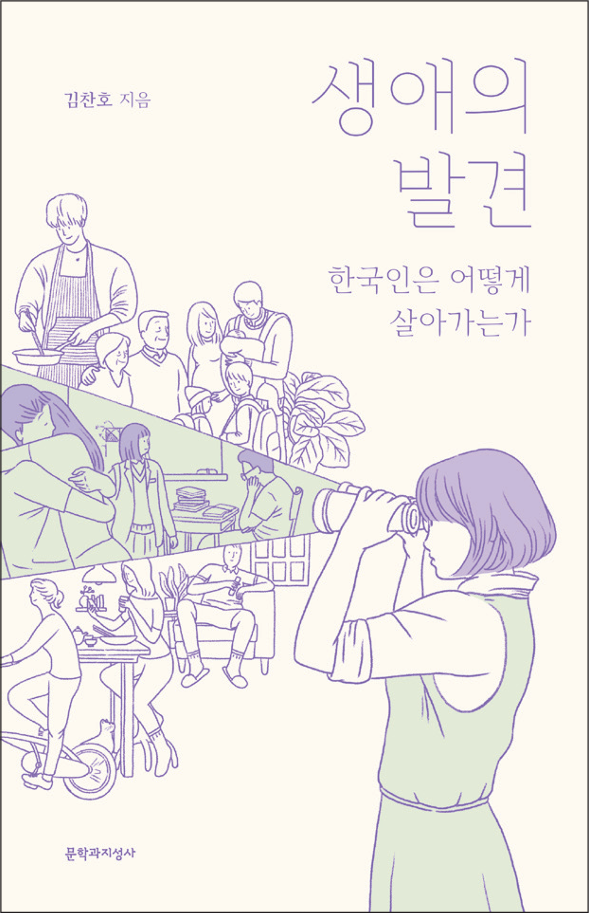
생애의 발견—한국인은 어떻게 살아가는가
- Page
- 320
- Publication Date
- July 17, 2018
- ISBN
- 9788932030555

“Each moment in the present is the compressed version of one’s entire life.”
The fifteen scenes in a Korean’s lifetime, regardless of one’s generation, gender,
and era.
Rediscovery of Lifetime analyzes the lives of Koreans captured and summarized in fifteen scenes. The first five of them are “childhood,” “adolescence,” “studying,” “20s,” and “30s,” illustrating how Koreans grow into independent adults. What follows are “dating,” “being single,” “wedding,” “marriage,” and “extramarital affair,” covering the range of gendered experiences. Lastly, “motherhood,” “fatherhood,” “middle-aged woman,” “middle-aged man,” and “senior years.” In broad stroke, Kim examines the general paths taken in the lives of average Koreans to give new meanings to the nation’s past and estimate our approximate coordinates in the vast, uncharted sea of experiences that is life. However, this book differentiates itself from the likes of lifetime theories of behavioral psychology or generational theories of sociology by incorporating the real-life accounts of people that are often overlooked in theoretical approaches. The diversity of sources and examples used in this book, including the interviews and fieldwork he has done, allows the readers to engage more fully with the “rediscovery of life.”
“The presence of every generation is made up of both the footsteps of the preceding generation and the possibilities of the future generation. If you can experience or imagine the numerous other lives, the volume of your existence will expand. By taking an interest in other forms of life, we can understand our own lives anew and envision potential life paths for our future,” writes Kim in Rediscovery of Lifetime. Unfortunately for us, there’s no practice or answer to life. Still, we can imagine the alternatives through reading books such as this one, which presents an inspiring spectrum of human life across generations, genders, and eras.